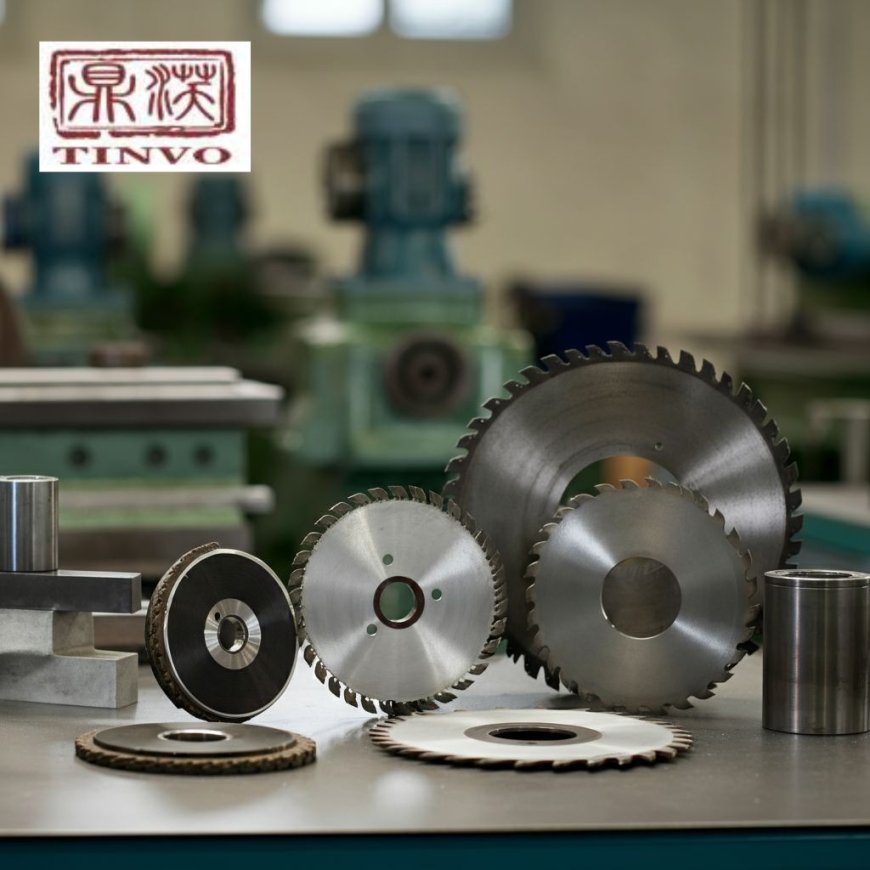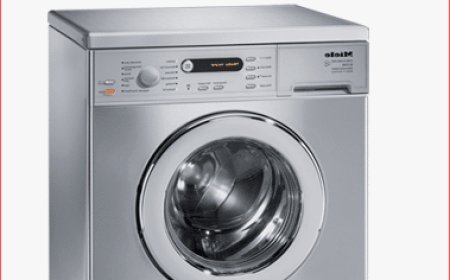Metal Cutting Blade Guide: Types, Uses, and Buying Tips
Discover the ultimate guide to Metal Cutting Blades, their types, uses, and buying tips. Explore Flying Shear Blades, Reduction Gearboxes & more industrial essentials!

When precision and efficiency are at the heart of industrial projects, choosing the right Metal Cutting Blade can make all the difference. Whether you're working in steel processing, manufacturing, or fabrication, understanding the nuances of these essential tools is crucial to optimizing performance and achieving clean, accurate cuts. This guide aims to demystify Metal Cutting Blades by breaking them down into types, their key uses, and essential buying tips. Along the way, we’ll also touch on relevant mechanical components like Flying Shear Blades, Reduction Gearboxes, Herringbone Gears, Single Helical Gears, and Straightening Machines to give you a comprehensive perspective.
Types of Metal Cutting Blades
Metal cutting blades are designed to handle various materials and applications. Here are some of the most common types, tailored to different needs:
1. Circular Saw Blades
Circular saw blades are among the most commonly used in metal cutting applications. They deliver precise cuts and are compatible with machines that process metals such as stainless steel, aluminum, and brass. Depending on the tooth design and material coating, these blades can handle both soft and hard metals with ease.
2. Band Saw Blades
Band saw blades are long, continuous strips of toothed metal used for cutting irregular or curved shapes. They're particularly useful in processing large metal sheets or components. These blades are often paired with a Straightening Machine to ensure precision during post-cut processing.
3. Flying Shear Blades
Flying Shear Blades are specifically engineered for high-speed cutting in industries like steel processing. These blades operate in dynamic settings where continuous production is required, making them an essential component in roll forming and tube production lines. Their durability and sharpness are key factors for consistent performance.
4. Reciprocating Saw Blades
Known for their versatility, reciprocating saw blades are ideal for cutting through dense, rigid materials like rebar or structural steel. Whether you're demolishing old components or trimming new ones, these blades are up for the challenge.
Key Uses of Metal Cutting Blades
Metal cutting blades are indispensable tools in various industries. Below are some of their most common applications:
1. Steel Processing
One of the primary applications of metal cutting blades is in steel processing, where Flying Shear Blades play a pivotal role in trimming and cutting sections of steel. Combined with Reduction Gearboxes, these setups ensure high-speed accuracy during production.
2. Precision Fabrication
Precision fabrication demands clean cuts for components to fit seamlessly. Here, Circular Saw Blades excel at delivering fine, burr-free edges, especially for jobs requiring intricate designs.
3. Machinery Maintenance
Industrial machinery often requires components like Herringbone Gears and Single Helical Gears, particularly in heavy gearboxes. Cutting and finishing these parts with metal blades ensure their functionality and longevity.
4. Pipe and Tube Manufacturing
Thanks to their ability to handle continuous cutting tasks, Flying Shear Blades are critical in the production of seamless pipes and high-quality tubing. These specially designed blades reduce waste and maintain production efficiency.
Key Factors to Consider When Buying Metal Cutting Blades
Purchasing the right Metal Cutting Blade requires careful consideration of your specific needs and work environment. Below are some crucial factors to guide your decision:
1. Material Compatibility
Not all blades are suitable for all metals. For instance:
- Use tungsten carbide-tipped blades for cutting hard metals like stainless steel.
- Opt for bi-metal blades for versatile applications involving both soft and tough materials.
2. Blade Teeth Design
The design of blade teeth determines how well the blade will perform. Coarse teeth are ideal for thicker metals, while finer teeth deliver precision cuts on thinner materials.
3. Durability
Durability is critical for reducing downtime and maintenance costs. High-quality blades with wear-resistant coatings or special materials like carbide or hardened steel will last longer in demanding environments.
4. Speed Requirements
For high-speed cutting tasks, pairing your blade with appropriate machinery is imperative. Reduction Gearboxes and Straightening Machines can help regulate speed and alignment, reducing wear and tear on your blades.
5. Manufacturer Reputation
The brand you choose matters. Companies like Tinvogroup specialize in offering high-performance blades and industrial components tailored to your unique needs.
Common Challenges & Troubleshooting Tips
Even with top-quality Metal Cutting Blades, challenges can arise. Here’s how to address some common issues:
Problem 1. Blade Wear
If your blade is wearing out too quickly:
- Check whether you're using the correct blade material for the job.
- Avoid cutting at higher speeds than recommended.
Problem 2. Rough Edges on Cuts
Rough edges are usually the result of improper blade alignment or dull teeth. Ensure your Straightening Machine is calibrated, and replace the blade if necessary.
Problem 3. Vibrations During Cutting
Excessive vibration can lead to uneven cuts and shorter blade life. Inspect your Reduction Gearbox and machine setup to ensure stability.
Maintenance Tips for Metal Cutting Blades
Extending the lifespan of your blade not only saves money but also ensures consistent performance. Use these tips for proper maintenance:
- Keep the Blade Clean: Remove debris or metal shavings after every use to prevent dulling.
- Inspect for Wear: Regularly check for chips or wear on teeth and edges.
- Store Safely: Protect blades from moisture and impact by storing them in secure, dry environments.
The Role of Advanced Components in Metal Cutting
To get the most out of your Metal Cutting Blade, modern production setups often incorporate advanced mechanical components:
- Reduction Gearbox: Ensures optimal speed and torque for cutting machines, preventing overheating and maintaining blade longevity.
- Straightening Machine: Aligns and straightens materials, particularly after high-speed cutting, to achieve perfect edges.
- Herringbone Gear and Single Helical Gear: These components enhance the efficiency of heavy-duty industrial cutting machines by improving torque transmission and stability.
Why Choose Tinvogroup for Your Metal Cutting Needs?
At Tinvogroup, we offer a comprehensive range of Metal Cutting Blades and industrial components like Flying Shear Blades, Reduction Gearboxes, and more. Our products are known for their durability, precision, and reliability, ensuring that your operations run smoothly and efficiently. Whether you’re in steel processing, automotive manufacturing, or any other heavy-duty industry, Tinvogroup has the cutting solutions to meet your specific needs.
Quality Products
At Tinvogroup, we prioritize quality in all aspects of our business. Our products are made from high-quality materials and manufactured using advanced technology and cutting-edge techniques. This ensures that our metal cutting blades and industrial components can withstand the toughest conditions and provide long-lasting performance.
Customized Solutions
We understand that every industry and application is unique, which is why we offer customized solutions to meet your specific requirements. Our team of experienced engineers will work closely with you to design and manufacture custom metal cutting blades and industrial components tailored to your exact specifications.
Quality Assurance
At our company, quality is of utmost importance. We have strict quality control processes in place to ensure that all our products meet the highest standards. Our metal cutting blades and industrial components undergo rigorous testing and inspection before they are delivered to our customers.
Technical Support
We pride ourselves on providing exceptional customer service, which includes technical support for any questions or concerns you may have about our products. Our team of experts is always available to provide assistance and advice to help you get the most out of your metal cutting blades and industrial components.







































